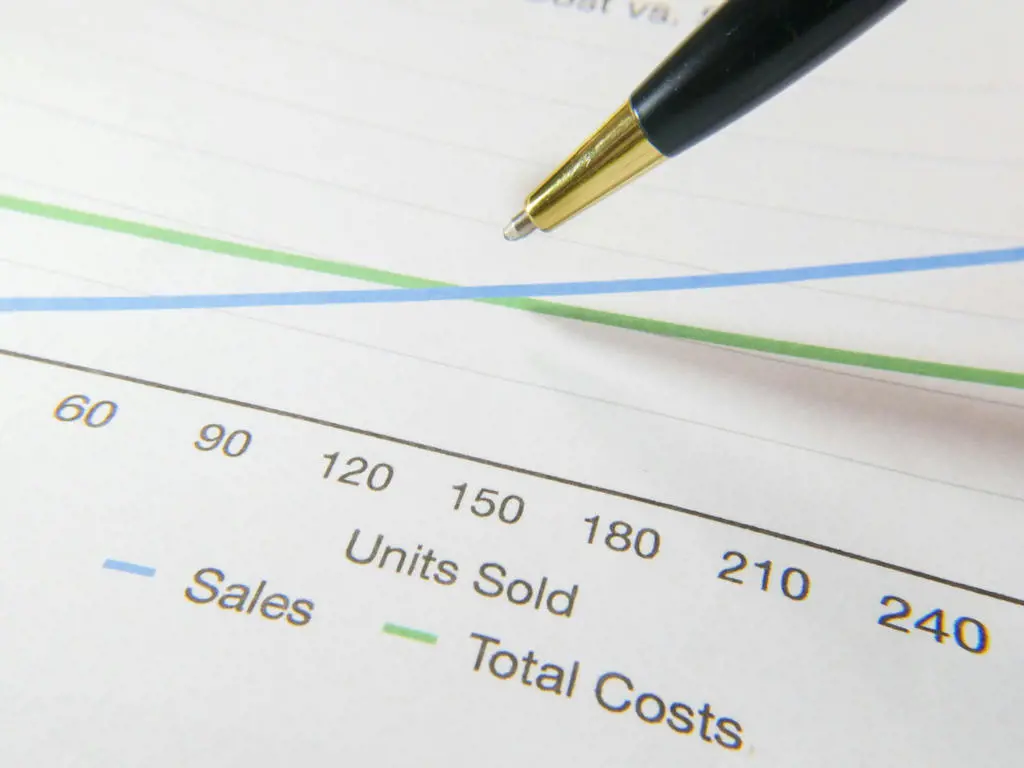
Reinvention vs. the Status Quo: Why Carvana Is Soaring and CarMax Is Stumbling in 2025
As of 15 August 2025, Carvana (CVNA) is up ~75.4% YTD, while CarMax (KMX) is down ~28.8% YTD. Same economy. Same rates. Same used-car market. Very different playbooks—and the market is scoring them accordingly.
What Carvana told investors—and why it landed
Carvana’s Q2-25 release achieved three significant milestones simultaneously: it demonstrated the model's scalability, proved the P&L can support that scale, and indicated more of the same ahead. The company reported record retail units (143,280, +41% YoY) and revenue of $4.84bn (+42%), with GAAP operating margin 10.6%, net income margin 6.4%, and Adjusted EBITDA margin 12.4%. Crucially, management raised full-year Adjusted EBITDA guidance to $2.0–$2.2bn (from $1.38bn in 2024) and guided to a sequential increase in Q3 retail units—a clear, testable signal of continued share capture.
Why that matters: investors don’t pay up for “resilience”; they pay up for profitable growth with operating leverage. Carvana’s unit growth is now coupled with higher efficiency through vertically integrated ops (ADESA footprint, logistics, and reconditioning speed) and a cleaner balance sheet. When a retailer shows volume → higher gross profit per unit → SG&A leverage → real cash earnings, multiples expand. That’s precisely what we’ve seen post-print, including a new all-time high into 31 July after the beat-and-raise.
Zoom out, and the message discipline is just as important as the numbers. The shareholder letter and call focus obsessively on throughput, logistics density, reconditioning cycle times, and per-unit economics—i.e., the inputs management controls—then tie those to explicit medium-term EBITDA ambitions. That combination of operational specificity + credible guidance is catnip to the buy side because it reduces the “model risk” in out-year numbers.
What CarMax told investors—and why it didn’t re-rate
CarMax’s Q1 FY26 (three months to 31 May) was, on the face of it, solid: EPS +42% YoY to $1.38, retail used unit sales +9%, comps +8.1%, total gross profit +12.8%, and record retail GPU of $2,407. Digital enablement remains high (80% of retail unit sales touch digital), and SG&A leverage improved 680 bps. Management also highlighted flexibility in funding by expanding non-prime loan sell-downs, and they stepped up buybacks ($200m in the quarter). All of that is competent execution.
But here’s the equity story problem. First, credit: CAF income fell 3.6% as the provision for loan losses rose, with a higher allowance ratio and acknowledgement of weaker 2022–23 vintages—hardly surprising, but it reinforces that KMX’s profit pool has embedded credit cyclicality. Second, supply and footprint: lower off-lease returns still constrain the late-model pipeline, while an extensive physical network limits the pace of cost take-out and mix shift compared to a digital-first operator. Third, narrative: the release leans on omni-channel quality, service attachments, and cost control (good things), but it doesn’t articulate a step-change in capacity, cycle times, or unit-economics expansion that would alter long-term earnings power. In short, investors see better quarters, not a different company.
Why the market is awarding very different multiples (same macro, different micro)
1) Unit-economics flywheel vs. incrementalism.
Carvana is demonstrating a throughput flywheel: faster intake → quicker recon → denser logistics → lower cost per unit → higher GPU → more marketing “budget per sale” without hurting returns—those compounds. CarMax is improving within its established model—higher GPU, tighter SG&A—but without visible acceleration in the operational clock-speed that would move the long-term margin ceiling.
2) Guidance quality and testable milestones.
Carvana raised full-year EBITDA and flagged near-term unit growth—investors can verify this in the next print. CarMax offered no comparable step-change guide; buybacks and cost discipline support EPS, but they don’t expand the frontier of earnings power.
3) Balance-sheet perception.
Carvana’s debt overhang was the bear case in 2023–24; now, leverage optics are improved, and cash generation is visible at scale. CarMax’s vertical finance engine (CAF) is a strength in benign cycles but dilutes the perceived quality of earnings when provisions rise. That weighs on the multiple even when retail ops are solid.
4) Signalling effect.
Beats, raises, and operational precision beget upgrades and flows. That’s precisely what has underpinned CVNA’s YTD surge vs KMX’s slide year-to-date. The scoreboard—and the spread—reflects strategy and signalling, not the macro tape.
Takeaways for boards and dealer principals
- Measure what moves the flywheel. Time-to-recon, days-to-list, delivery-per-route, and marketing CAC by channel should be weekly board metrics. If they’re not moving, neither will you.
- Guide to what you control. Offer explicit, near-term, testable milestones (throughput, GPU, SG&A per unit). The market rewards verifiability.
- Be bold on structure, not just spend. Cost control helps; model change re-rates.
Bottom line: In the same market, Carvana is being paid for profitable speed and proof, CarMax for steady competence. One compels investors to underwrite higher out-year cash flows; the other asks them to wait and see. In 2025’s tape, the market isn’t waiting. Have a great week!
